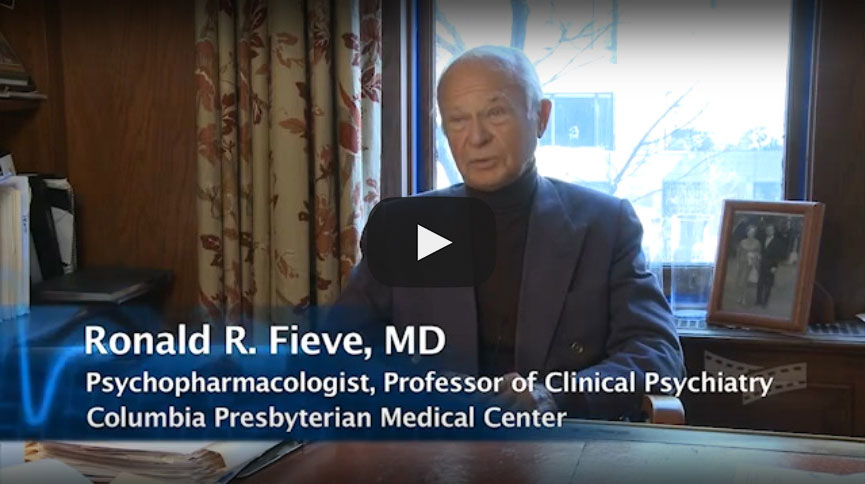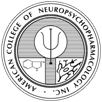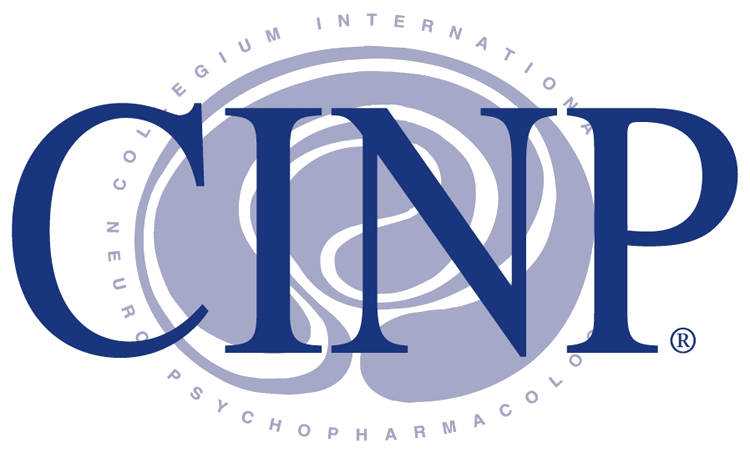Bipolar I & II
What is Bipolar Disorder? Bipolar disorder is a psychiatric condition characterized by mild, moderate to severe disturbances in mood. People suffering from bipolar disorder go through episodes of mania (severe highs), hypomania (mild highs) and depression (mild to debilitating lows) that they cannot control.
Bipolar disorder or Manic-Depressive Illness: “…a disorder of mood in which there are severe mood swings so that a depressed mood alternates in cycles with an elated or irritable state called mania.”
There are two types of Bipolar Disease:
Bipolar I disorder:
“a severe, although intermittent illness characterized by episodes of depression alternation with excessive euphoria, increased energy, and poor judgment….” (Andreasen “Creativity…1289).”…what one thinks of as ‘classic’ manic-depressive illness…the most severe form of of affective illness…” (Jamison Touched with…14).
Bipolar II Disorder:
“characterized by milder periods of euphoria that alternate with periods of despondency and depression, also produces an instability of mood that many find painful and that usually requires somatic treatment” (Andreason “Creativity…” 1289) “…the presence or history of less severe manic episodes, as well as the existence or history of less severe manic episodes…” (Jamison Touched with…14).
In the case of bipolar I disorder, known as manic depression, the disease is two sided, causing patients to descend at times into dark caverns of major depression and at other times to soar on the hurricane winds of mania—a disruptive speed-up mood disorder that often veers into delusions and psychosis. Both elements of the illness usually bring devastation.
Bipolar II disorder, which combines major depression with hypomania, the milder form of mania, has other effects. Hypomania is a heightened ebullient mood characterized by indefatigable physical energy, a flood of ideas, and—more often than is usually credited—profound accomplishment. It is not a psychotic state. Although it is true that hypomanic persons are often irritating to be around and may use poor judgment, the can also be creative and productive in business, politics, the arts, and indeed any field they choose to enter. They are often the movers and shakers of the world. In many ways, the hypomanic phase of bipolar II disorder is of benefit to the patient and often to the society as well.
Dr. Ronald R. Fieve was the first pioneer to introduce to the United States the systematic research studies of lithium carbonate in manic depression conducted in 1958-60 at the New York Psychiatric Institute (Columbia Presbyterian Medical Center) and he continues his research in other benefits of Lithium Carbonate such as the benefits prophylactically in cardiovascular disease and neurovascular disease.
Due to Dr. Fieve’s efforts Lithium Carbonate is now one of the most widely used natural medication with the least side effects. He has published many books regarding his studies and the phenomenal effects to bring Bipolar and Manic Depression patients to a normal lifestyle in as little as one month. To schedule a consultation please call our office at (212) 249-1600.


















